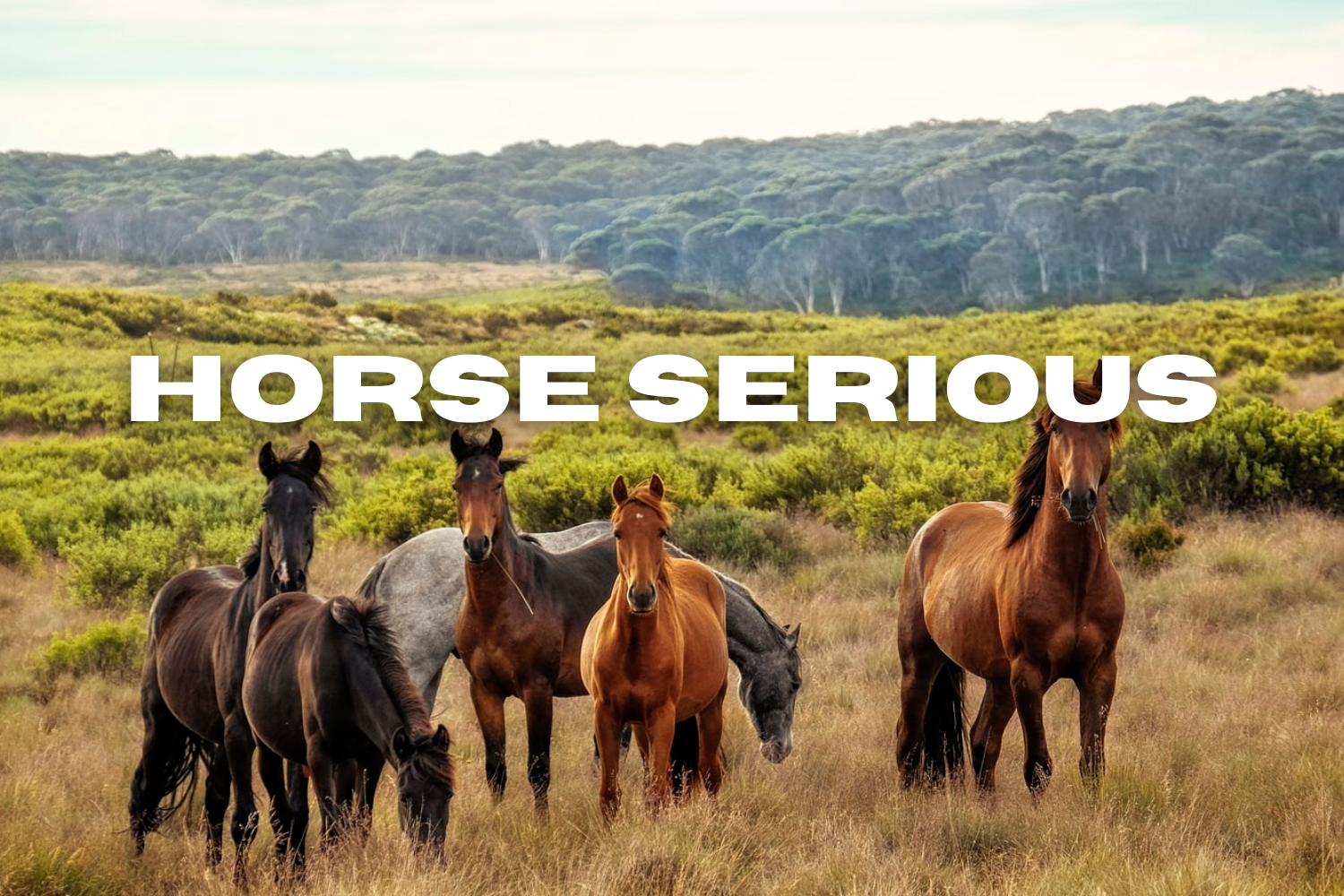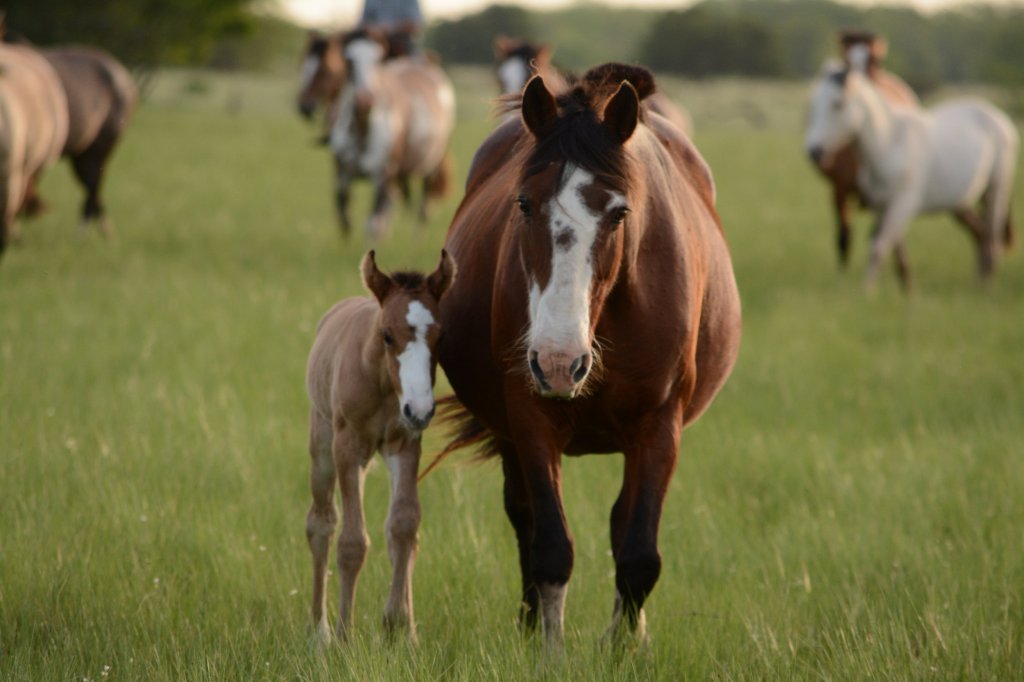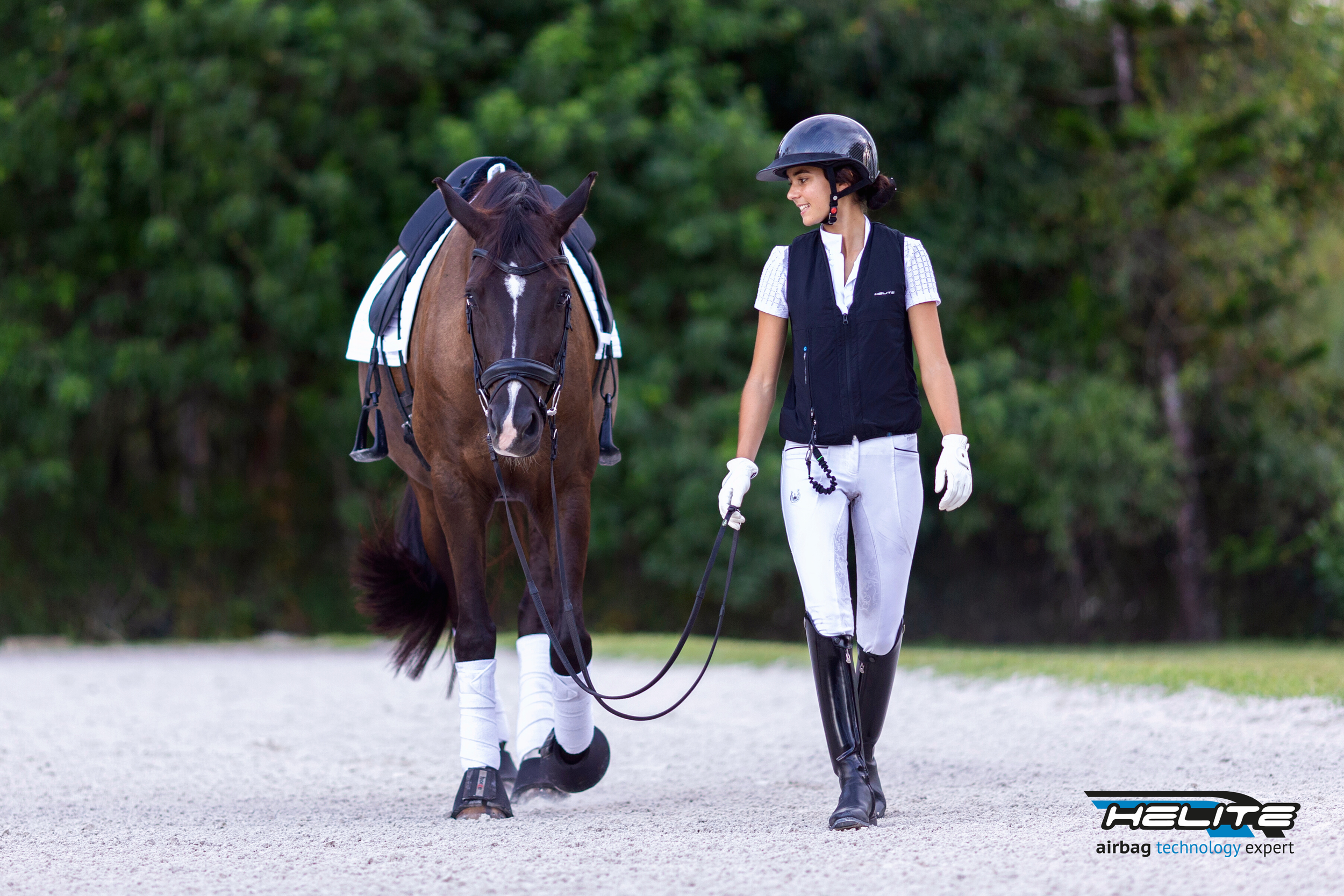The equine microbiome comprises intricate microbial communities within the digestive system, spanning from the stomach to the hindgut. These populations vary in type and function, needing harmonious interaction to maintain balance and minimize the risk of ailments.
The stomach and initial small intestine microbes break down starches, sugars, fibers, and proteins. As diet, stress, and other factors fluctuate, the microbial quantities shift. The hindgut’s microbes ferment complex fibers. While core populations exist, each horse’s microbiome is unique, shaped by factors like diet changes, management, and age. Antimicrobial use and stress further influence the population.
Microbiomes evolve with age, influenced by maternal transfer, diet experimentation, and stress. Microbiome-gut-brain connections affect behavior. Disruptions from high-starch diets may lead to undesirable behaviors. The microbial balance impacts physical and mental health, potentially causing ulcers, colic, and immune issues. Proper hindgut microbes are crucial for energy and nutrient extraction. Gradual dietary changes and supplements can support a healthy microbiome. Stress minimization, turnout, and appropriate forage aid in maintenance.
https://pagead2.googlesyndication.com/pagead/js/adsbygoogle.js?client=ca-pub-3762802995754264
(adsbygoogle = window.adsbygoogle || []).push({});
Maintaining Digestive Health
Horse owners must monitor digestive health, recognizing signs of microbiota disturbances. Gastric ulcers, colic, and metabolic issues might signal microbiome problems. Gradual dietary changes are vital. Although certain factors like age are fixed, stress from competition and exercise can be minimized.
Horse caregivers should remain vigilant about their equines’ digestive well-being and identify signs hinting at microbiome-related problems. Gastrointestinal issues like ulcers, colic, diarrhea, colitis, along with diseases such as laminitis and equine metabolic syndrome, often signal disruptions in the gut microbiota. Steer clear of abrupt dietary alterations, particularly concerning starch, fiber, and fat levels. While certain factors like age and breed are beyond management’s control, efforts should focus on reducing stress from activities like competition, transport, and exercise.
This Article Is Sponsored by Helite US and The Zip’In Air Vest
Ride fearlessly with optimal protection when you wear a Helite Zip’In 2 Airbag Vest.
Don’t risk serious injury, wear the air vest!


